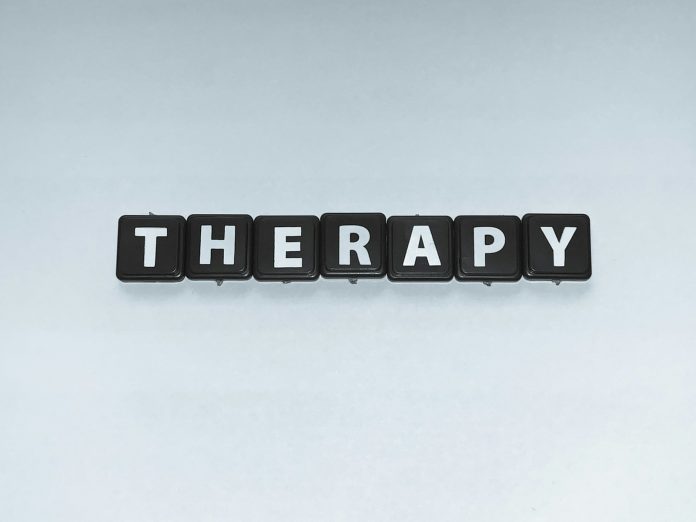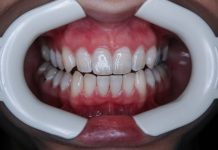
Starting Ketamine Infusion Therapy can feel unfamiliar. This guide explains what to expect in clear steps so you can arrive prepared, feel safe during the session, and know how to plan the hours that follow. The focus is clinical, evidence-based, and centred on quality of life. Mental health specialists deliver care in a quiet, retreat-like setting that protects privacy and dignity.
Who Ketamine Infusion Therapy is For
Ketamine Infusion Therapy is usually considered when standard treatments have not helped enough. It may be discussed for conditions such as treatment-resistant depression, severe anxiety symptoms, or certain pain conditions under specialist supervision. A thorough review comes first. The clinical team confirms your diagnosis using accepted criteria and checks your medical background. They also look at current medicines to avoid interactions. If ketamine is suitable, you receive a personal plan that covers dose, number of infusions, and how progress will be measured.
Key screening points
- Blood pressure, heart health, and any history of fainting
- Pregnancy or plans to conceive
- Substance use history and current medicines
- Prior response to therapies and any adverse reactions
What Happens Before the First Session
Here are the key things that happen before the first session:
1) Medical clearance and consent
You meet a psychiatrist or physician who explains benefits, risks, and alternatives in plain language. You discuss the schedule, monitoring, and aftercare. You can ask every question you have. Explicit consent is obtained only when you feel informed.
2) Fasting and medication instructions
Many centers use an anesthesia-style fasting plan. A common approach is no solid food for 6 hours before the infusion, and clear liquids are allowed until 2 hours prior, unless your clinician gives different guidance for your health needs. Your team will also guide you on which medicines to take or hold that morning. Never change or skip a medicine without direct advice from the clinician who is supervising your infusion.
3) Practical planning
Arrange transport with a trusted adult. Do not plan to drive, cycle, or operate machinery after the session. Prepare your home so the evening is calm. Keep water and a light meal ready. Choose one quiet activity for later, such as a gentle show or reading.
Pack list
- ID, insurance details if needed, and your updated medicine list
- Comfortable clothing and a light layer
- Glasses, if you prefer them over contact lenses
- Any prescribed anti-nausea medicine provided by your clinician
What to Expect on the Day
Here are key things that you should know:
Check in and baseline review
On arrival, you are greeted by the nursing team in a quiet room. The tone is welcoming and professional. Baseline checks include blood pressure, heart rate, oxygen level, and a short symptom review. A mental health specialist confirms the plan and answers last-minute questions.
The infusion
An IV line is placed in the forearm or hand. The infusion usually runs over a set period that your clinician has planned for you. During the infusion, you may notice a light, floating, or detached feeling. Some people feel mild dizziness, brief changes in perception, or nausea. These effects are time-limited. A clinician remains close by, monitors vital signs, and speaks to you at intervals so you feel supported.
After the infusion
You rest in the same room until you feel steady. The team checks your vital signs and reviews how you feel. You receive clear written aftercare instructions and an emergency contact pathway. When you are ready, your escort takes you home. Keep the evening low-key and avoid major decisions.
Safety First
Safety is built into every step. Continuous observation during the infusion allows early detection of changes in blood pressure or heart rate. Staff are trained in airway and cardiovascular support. Equipment is checked before each session. If you have a sensitivity to needles or medical settings, tell the team early so they can adapt the approach. Comfort measures such as a blanket, dimmed lights, and reduced foot traffic are standard in a retreat-like program.
On the day, avoid
- Alcohol and recreational substances
- Heavy meals outside the fasting window
- Driving or signing important documents after the session
Setting Expectations that are Grounded
Some individuals notice relief in mood or anxiety within hours or days. Others need several sessions to see a change. The plan always includes measurement. Your team may use short questionnaires and brief check-ins to track sleep, energy, thinking speed, and daily routines. If progress is unclear, the schedule can be adjusted. If side effects arise, timing and dose can be modified. The process is collaborative and transparent.
Early signs of benefit can include
- Earlier bedtime and less nighttime waking
- More leisurely mornings and fewer negative loops
- A little more energy to complete everyday tasks
- More willingness to meet one friend or take one short walk
Small wins matter. They add up to durable change.
Preparing Your Home and Support Network
A calm environment helps your nervous system reset after the infusion. Tidy the space you will use—lower bright lights in the evening. Tell your family or support system how the day will run so they can protect quiet time and help you keep the plan.
Simple steps for loved ones
- Offer a ride home and stay available for a few hours..
- Encourage hydration and a light meal.
- Avoid appearance comments or heavy debates.
- Use calm, brief check-ins rather than frequent questions.
- Know the emergency contact steps the clinic has provided
Common Effects and When to Seek Help
Short-lived effects can include dizziness, nausea, a floating feeling, mild confusion, or a temporary rise in blood pressure. These usually soften within an hour after the infusion ends. If you develop chest pain, severe confusion, long-lasting vomiting, or any safety concern, follow the clinic’s instructions and seek urgent care. Suppose you prefer a confidential, clinician-led assessment in a quiet, retreat-like environment. In that case, you can request an appointment with centres like Sukoon Health to discuss whether Ketamine Infusion Therapy fits your care plan.
Keeping Care Evidence-Based Between Sessions
Ketamine Infusion Therapy works best within a complete treatment plan. Many individuals continue their existing medicines unless the psychiatrist advises a change. Therapy also remains essential. Cognitive and behavioral strategies help you make the most of the window of improved energy or mood after each session. Focus on routines that support recovery without sounding like wellness content.
Practical goals
- Keep a consistent sleep and wake time.
- Schedule one brie, a meaningful activity, the day after each infusion
- Reduce nighttime device use to protect sleep pressureure
- Share a short daily log with your clinician so dosing decisions stay precise
A Sample First Session Timeline
Here is a sample session timeline you should expect.”
- Seven days before: Your medical review is complete. You receive written instructions for fasting and medicine timing. Transport is arranged.
- Two days before: Set up your home. Prepare light meals and place water, a blanket, and simple entertainment within reach. Confirm the plan with your support person.
- Morning of the infusion: Follow fasting instructions. Take only the medicines that your clinician approved for that morning. Wear comfortable clothes. Bring your documents and updated medicine list.
- At the centre: You enter a quiet room with limited foot traffic that feels more like a retreat than a ward. Baseline checks are taken. An IV is placed. The infusion begins. Vital signs are monitored throughout.
- After the infusion: Rest until steady. Receive aftercare instructions. Leave with your escort. Keep the evening simple. Avoid driving until the next day.
Sample Case Study
A 32-year-old product manager with long-standing depressive symptoms and severe sleep disruption has tried two antidepressants and structured therapy with only partial relief. After a complete evaluation, the team recommends a trial of Ketamine Infusion Therapy. Fasting and medicine timing are planned. A partner drives to and from the centre. During the first infusion, the individual feels light and a bit detached, then settles during observation. That evening is quiet with water, a light soup, and an early bedtime. Over the next two days, mornings feel less heavy, and the person completes a short task list without overwhelm. The plan continues with measured steps, weekly reviews, and a focus on restoring routine rather than chasing a dramatic change.
Conclusion
Good preparation makes Ketamine Infusion Therapy safer and more effective. Choose a clinician-led program that screens carefully, uses clear fasting and medicine guidance, monitors you throughout the infusion, and plans honest follow-up. Keep expectations steady. Involve supportive people. Track small gains in sleep, energy, and daily tasks. With thoughtful teamwork from trained mental health specialists in a calm, discreet setting, many individuals move from constant struggle to a day that feels workable again.










